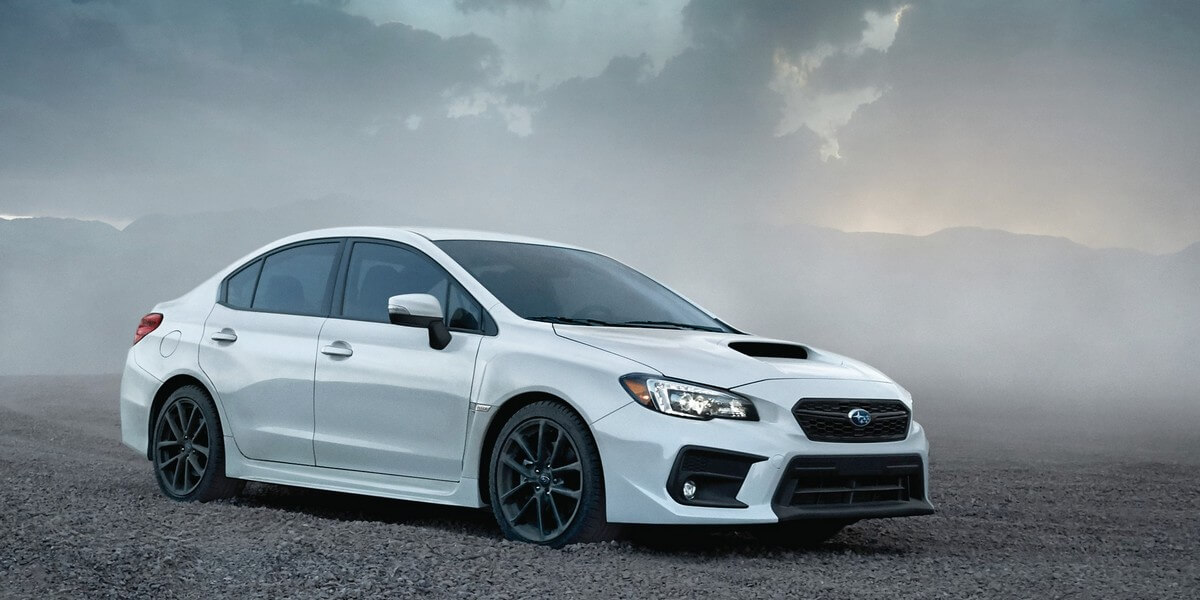
Vehicle emission standards are becoming more stringent every year, which puts pressure on car manufacturers. From smaller turbocharged engines to electrifying the powertrains, companies constantly try to lower the emissions in new cars. It’s not always easy, though, especially because car buyers still expect high levels of performance. And, sadly, performance and low emissions don’t always get well together.
One of the technologies that emerged as a stepping stone towards lower emissions is the CVT transmission. Thanks to its unusual operation, the CVT can improve fuel economy and lower emissions on any vehicle. This transmission is unlike any other – it keeps the engine in the most efficient RPM range at any given moment. Moreover, CVTs are lighter than other automatic transmissions, which also positively affects fuel-efficiency.
For those reasons, many new cars come with CVTs instead of regular automatics. Mostly, we are talking about economy cars here, but you can also find some mid-size sedans and large crossovers with the technology. Additionally, CVTs are the preferred choice for hybrid powertrains for efficiency reasons. And, despite some backlash on CVTs, specifically from automotive journalists, the number of CVT transmission vehicles continues to rise.
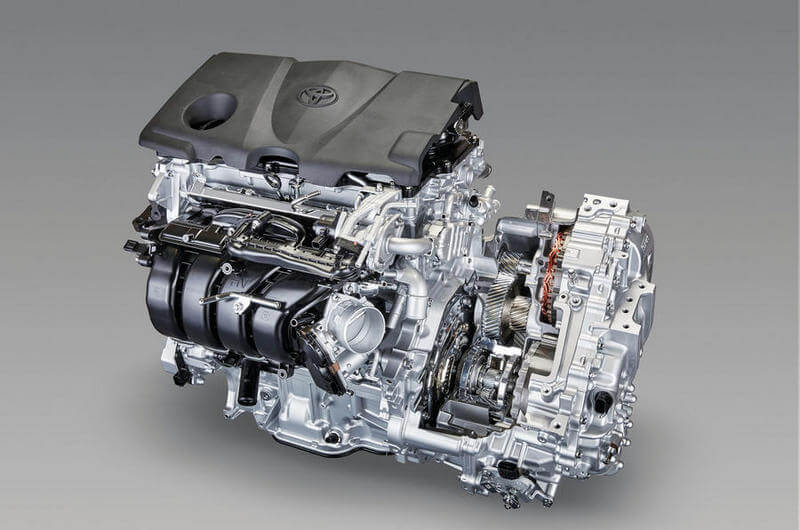
Why Do We See More CVTs in Modern Vehicles?
I already covered all the basics in previous articles, but I’ll try to elaborate on why you should or shouldn’t buy a CVT-equipped car. For the majority of people, CVT will work outstandingly well. With this transmission, you will get the most power from your engine with the lowest possible fuel consumption. Moreover, CVT transmission cars are very smooth since there are no gear changes at all.
That being said, CVTs aren’t the best choice for aggressive driving. Despite the advancements in the field, CVTs somehow detach the driver from the experience. Mainly, that’s because the transmission constantly changes the transmission ratio and the driver doesn’t have control over it. If you are a true performance enthusiast, a CVT might not be for you. Furthermore, cars with CVT transmission are kinda noisy during hard acceleration because the transmission keeps the engine at high revs.
Still, many vehicles work excellently with a CVT. And, to help you find the right one for you, I’ll cover the most popular cars with CVT transmissions in North America as well as provide you with some valuable information on multiple models.
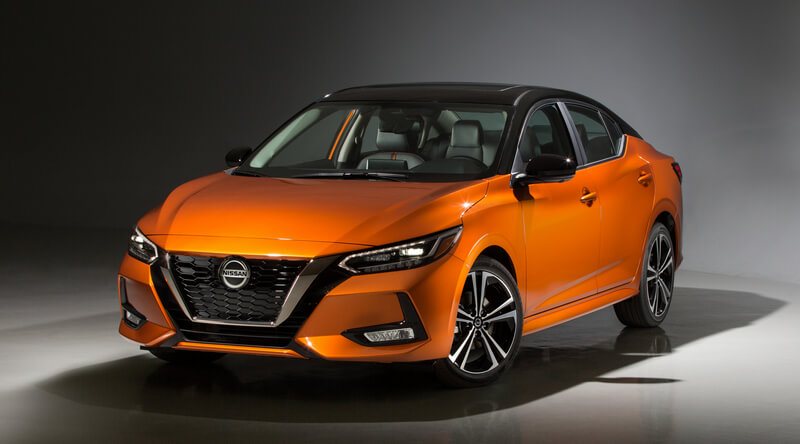
Nissan and Infiniti Cars with CVT Transmission
[one_third]
- Versa
- Sentra
- Altima
- Maxima
[/one_third][one_third]
- Kicks
- Rogue
- Murano
- Pathfinder
[/one_third][one_third_last][/one_third_last]
Nissan was one of the first manufacturers to start using CVT transmission. Today, they have the most comprehensive portfolio of cars with CVT transmission, including some larger crossovers.
The company offers CVT as an option on smaller economy cars, such as the Versa, Versa Note, Juke, and Sentra. In these models, the CVT is paired with smaller four-cylinder engines, which is the best configuration for this technology.
On larger models, such as the Altima, Maxima, Rogue Sport, Rogue, and Murano, the CVT comes standard. The Japanese manufacturer also employs the same CVTs in its luxury brand Infiniti. Some of these models come with more powerful four-cylinder turbocharged engines.
That’s why, to give the driver better control during aggressive driving, the CVT in these models mimics regular transmissions. More precisely, the XTronic CVT can hold onto a gear and virtually change gears during acceleration. Additionally, the XTronic CVT can also downshift for better braking performance.
Now, sure, the overall behavior of the transmission will not be as crisp as a dual-clutch one. Nonetheless, it should be fine for most people, even those that want to drive more aggressively through the corners.
On the other hand, Nissan still uses traditional automatics on their SUVs and trucks, such as the Pathfinder, Frontier, Armada, and Titan. That is because CVTs aren’t very good for heavy-duty applications, such as pulling a large trailer.
Obviously, the Nissan GT-R still comes with a dual-clutch transmission for maximum performance, while the 370Z comes with either a stick shift or a standard 7-speed automatic.
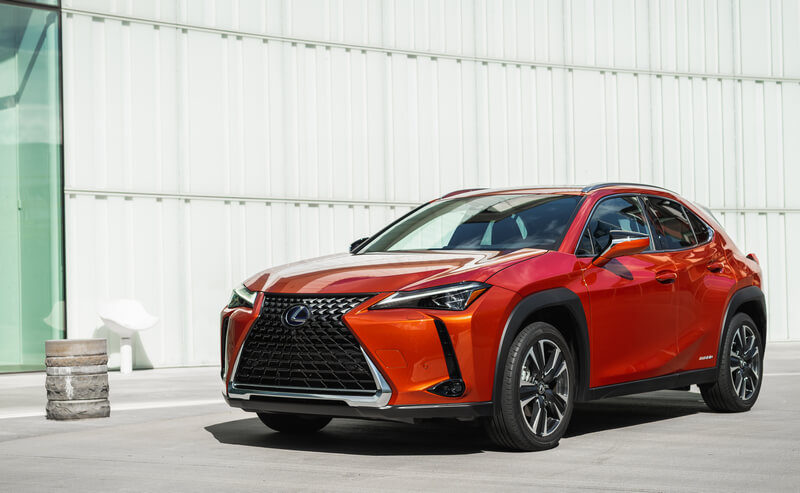
Toyota and Lexus Cars with CVT Transmission
[one_third]
Toyota
- Corolla XLE (CVTi-S)
- Corolla Hybrid
- Camry Hybrid
- Prius
- Avalon Hybrid XLE
- C-HR (CVTi-S)
- Highlander Hybrid
[/one_third][one_third]
Lexus
- ES Hybrid
- LS Hybrid
- UX
- NX Hybrid
- RX Hybrid
[/one_third][one_third_last][/one_third_last]
Toyota uses a CVT transmission in each of its hybrid vehicles, including the Lexus ones. The CVT in these cars is a bit different, though. Instead of two pulleys and a belt, the hybrid-vehicle e-CVT uses a planetary gearset with two electric motors/generators.
Still, in the real world, the e-CVT performs like a regular one. There are numerous benefits to this transmission in hybrid cars, though. With an e-CVT, the hybrid powertrain makes better use of electric energy. Moreover, the transmission helps with recharging the batteries and keeping the engine in the optimal power range.
The Japanese manufacturer also employs regular CVT transmissions in their vehicles. The new Corolla, for example, comes with a new type of CVT called CVTi-S that has a regular first gear. Thanks to that, the new Corolla accelerates much better of the line than if it only used the CVT.
That being said, Toyota still opts for regular automatics on large models, such as Camry, Avalon, Highlander, and Sienna.
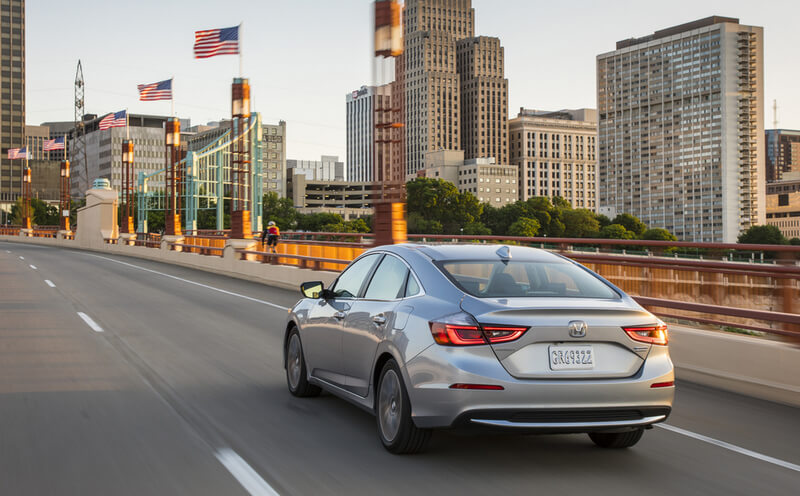
Honda Cars with CVT Transmission
[one_third]
- Civic
- Accord
- Clarity
- Fit
[/one_third][one_third]
- Insight
- HR-V
- CR-V
[/one_third][one_third_last][/one_third_last]
Honda was reluctant to the technology at first, but today most of their models come with a CVT transmission. The company uses the technology in each of its hybrid models, including Accord Hybrid, Clarity Plug-in Hybrid, and Insight.
Honda also employs CVTs as an option on the Civic, Fit, and Accord, which are also available with a stick shift. The CVT transmission is standard on the CR-V and HR-V models, without an option for other transmission types.
That being said, Honda still only uses regular automatics in its luxury brand, Acura.
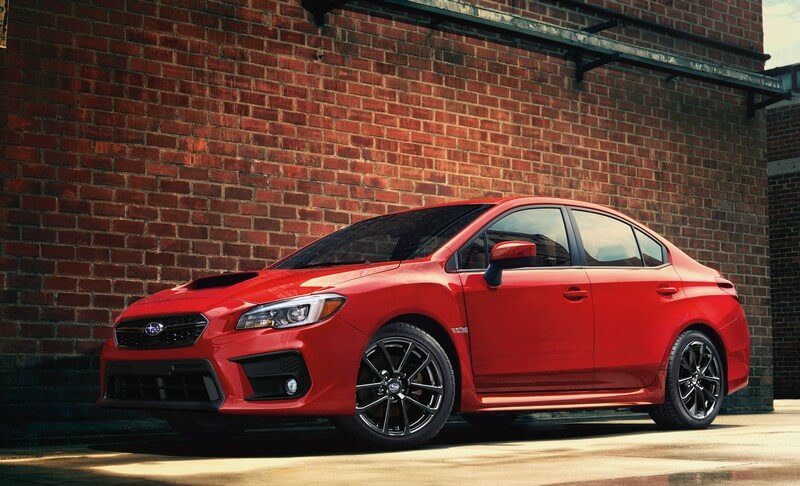
Subaru Cars with CVT Transmission
[one_third]
- Impreza
- Legacy
- Crosstrek
[/one_third][one_third]
- Forester
- Outback
- Ascent
[/one_third][one_third_last][/one_third_last]
Subaru equips each of its model with a CVT transmission and doesn’t use regular automatics. One notable exception is the BR-Z, a sports coupe that comes with a stick shift or an automatic transmission.
Interestingly, Subaru employed a CVT in its popular WRX rally sedan. The Sport Lineartronic® Transmission in the WRX can mimic a 6-speed or an 8-speed gearbox. That way, the transmission gives the driver better control overall.
The Subaru WRX is the first sports car that uses a CVT transmission. I can’t tell if it works well, but Subaru already has experience in performance cars, so I’ll trust them here.
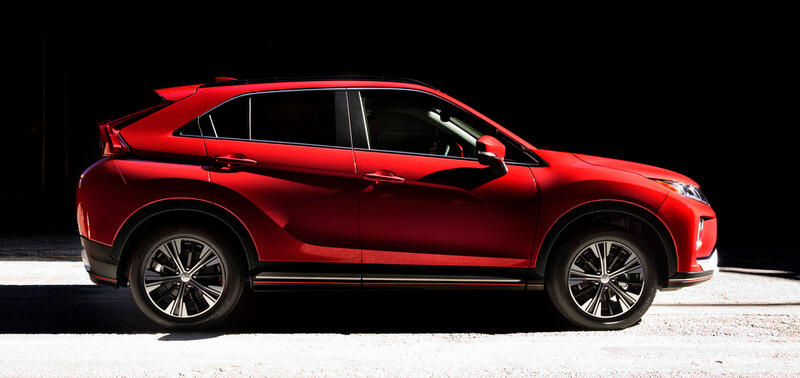
Mitsubishi Cars with CVT Transmission
[one_third]
- Mirage
- Outlander
- Eclipse Cross
[/one_third][one_third]
[/one_third][one_third_last][/one_third_last]
Mitsubishi, now a part of the Nissan and Renault alliance, uses CVTs in almost every model in their lineup. The transmission is available as an option on the Mirage and Mirage G4, and as standard on Eclipse Cross, Outlander, and Outlander Sport.
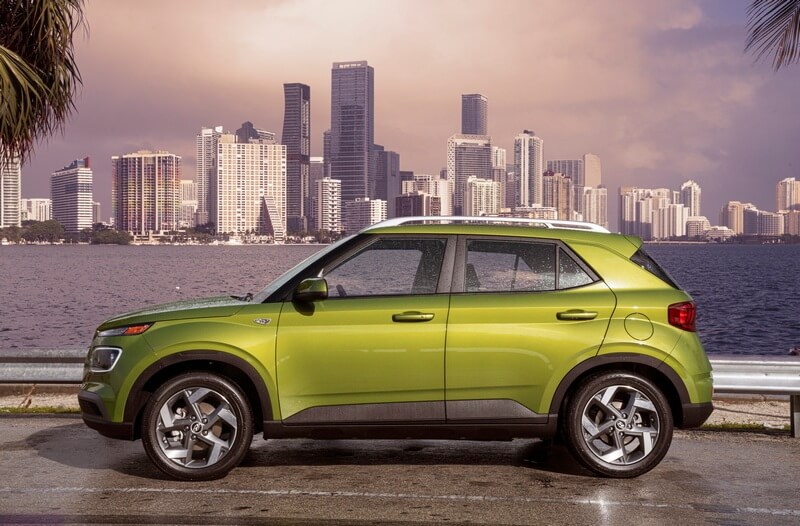
Hyundai and Kia Cars with CVT Transmission
[one_third]
Hyundai
- Venue
- Elantra
[/one_third][one_third]
Kia
- Soul
- Rio
- Forte
[/one_third][one_third_last][/one_third_last]
Hyundai and Kia both use the same CVT transmission in their small economy cars. These include the Accent, Elantra, and Venue (Hyundai), and Forte, Rio, and Soul (Kia). The Korean companies still use regular automatics in other vehicles in their lineup, though.
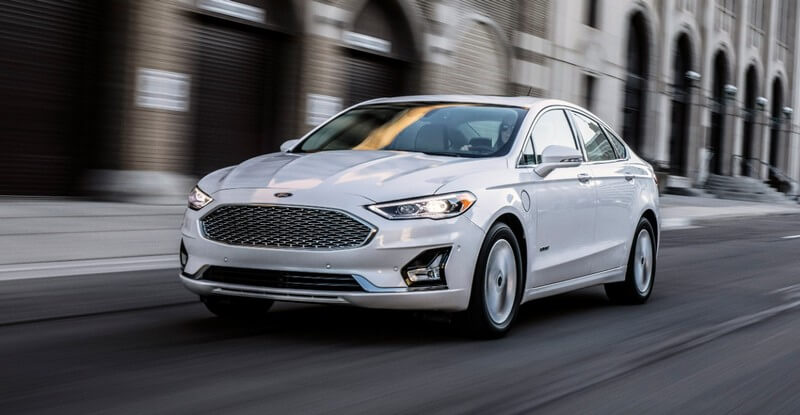
Ford and Lincoln Cars with CVT Transmission
[one_third]
Ford
- Fusion Hybrid
[/one_third][one_third]
Lincoln
- MKZ Hybrid
[/one_third][one_third_last][/one_third_last]
Ford uses an electrified CVT in its hybrid vehicles, a technology that’s similar to Toyota’s. Models that come with this transmission are the Fusion Energi (plug-in hybrid), and Fusion Hybrid. The company uses the same technology in the Lincoln MKZ Hybrid, a luxury model under the Ford umbrella.
According to Ford, the homegrown CVT technology gives their hybrid vehicles better performance and improved fuel economy. The company only employs standard automatic transmissions in its internal-combustion engine vehicles.
Final Words
CVT transmission cars are becoming more common each year. That is especially true in economy cars, which make the best use of CVTs. Also, most of the hybrids in North America come exclusively with CVT transmissions for efficiency purposes. You won’t find any truck or SUV with a CVT, though, but that’s normal.
What interests me the most is the use of a CVT in sports cars. Subaru made the headlines when they announced the Sport Lineartronic® trans in the WRX, mostly for the wrong reasons. However, I wouldn’t be so negative on Subaru’s choice of transmission, especially before I try it out. CVTs are very good at extracting the most from an engine performance-wise. Therefore, I see no reason that this won’t be the case in the WRX.
When it comes to regular passenger cars, I’d say that CVTs are very good nowadays. That said, there are differences between car manufacturers, specifically in the way the CVTs operate. For that reason, I recommend asking for a test drive before purchasing to see if the CVT works for you.
